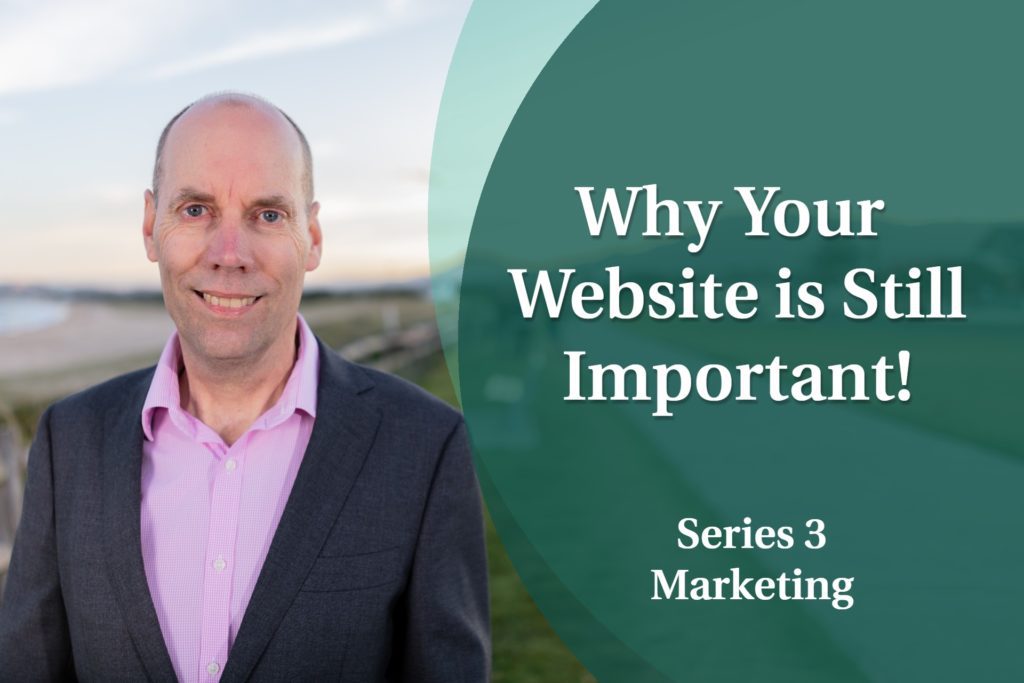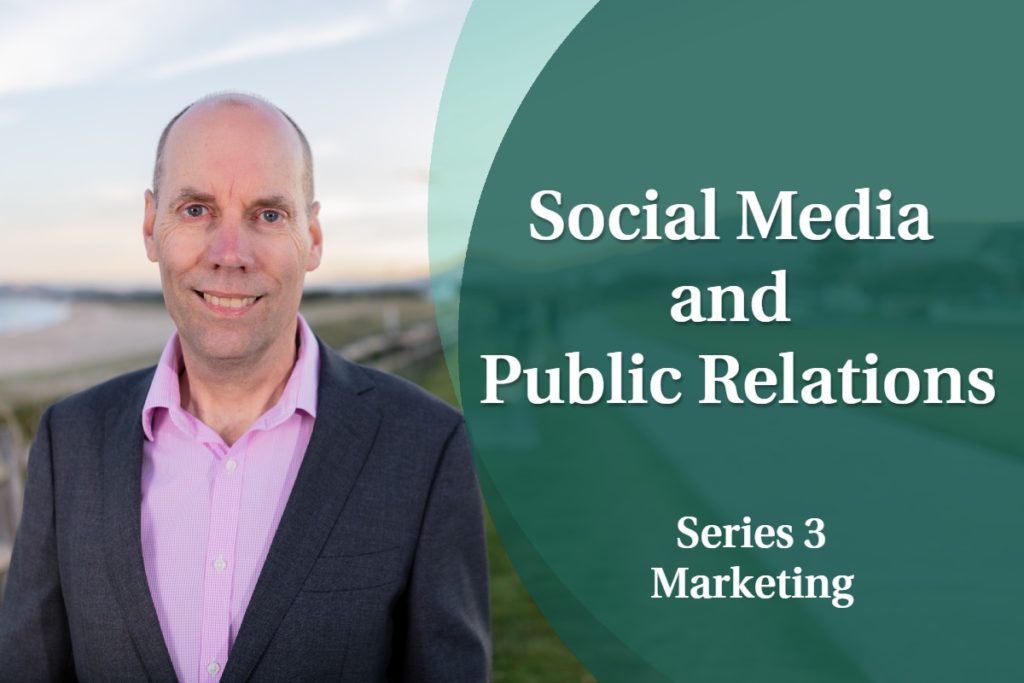
by Phil Latz
Hi, welcome to this latest blog of my finance series that I hope will help you become more successful in your business.
As a business owner myself for many years, I understand the challenges that you face.
The theme of this series is how to maximise your profit.
Today I’d like to show you five key ways to increase your profitability.
I’d like to start by making it clear that the content of this particular blog is not original.
I was first taught this content many years ago when I attended a seminar run by the business coaching company, ActionCOACH. They have been teaching this to many thousands of business owners for decades, because it works.
Years later I was a contractor for almost two years within an ActionCOACH business coaching franchise so I saw the effectiveness of this content first hand.
I’m sure that you’d like to increase the profitability of your business, otherwise you would not be investing time in your self-education right now.
But how exactly can you increase profitability?
By focusing on five key variables. If you can improve any one of them, your profitability will increase, but if you can improve more than one, then your profitability increases exponentially. That is, to the power of two, three, four or five, depending upon how many of the five you can improve.
These principles apply to just about every business, regardless of what product or service you sell and regardless who you sell these to.
Leads
The first of these five variables is your number of leads. You can’t sell to someone until they become aware of your business and make contact with you in some way.
When they do, they’re a lead.
There are many ways to generate leads and I’ll go into more detail about this and the other four variables in future episodes. But for now, here are two tips to increase both the quantity and quality of your leads.
Firstly, despite all of the technology available to us these days, nothing beats word of mouth, especially if it’s a personal referral from one of your existing customers. The best way to get referrals is to ask for them.
I know that might feel awkward at times and go against our natural instincts, but a genuinely satisfied customer is usually glad to oblige.
Secondly, your leads are a valuable asset, even before you’ve converted them into customers, so make sure you’re capturing their information in a good customer relationship management system, which you’ll often see referred to by its initials, a CRM system.
Conversion Rate
Our next variable is conversion rate. Your number of leads, time your conversion rate, will equal your number of customers. You measure your conversion rate as a percentage.
For example, suppose you have 100 leads and your conversion rate is 50%, then you’ll end up with 50 customers. If you can use better sales and marketing techniques to improve your conversion rate to 55% then you’ll have 55 customers.
Number of Transactions
The third variable is the number of transactions.
What can you do to have your customers buying from you more often?
Once again, there are many ideas that might work for you. Some tried and true methods include loyalty cards, systematic follow up communication with your customers to tell them about specials and new products and broaden your product range.
Value of Transactions
Next comes the average dollar value of each sale. What can you do to have your customers buy more from you each time they transact with you? The classic example often used to illustrate this point is McDonalds team members being trained to ask, ‘Would you like fries with that?’
Another equally basic way to increase the average dollar sale is to train your team never to say, ‘Is that all?’ but instead, to keep asking, ‘Is there anything else I can help you with?’ and not to stop until the customers says, ‘No, that’s everything!’
Once you’ve multiplied your number of customers by your number of transactions per customer and average sale value per transaction you arrive at your total sales or turnover.
But as you’ll hopefully remember from one of my previous episodes, turnover is vanity and profit is sanity, so we need to multiply this total by one final variable. That is your profit margin.
Profit Margin
For the purposes of this example we’ll say it’s your gross profit margin, that is, your sale price minus your cost of goods sold. But you could do the same exercise using your net profit margin, which will be a lower percentage because it takes into account all of your expenses.
Sales times profit margin equals your profit, which, as I’ll continue to say, equals sanity!
It’s only your net profit after tax that is truly your money that you can extract from your business and spend on whatever you like without draining your business of its cash.
How can you increase your profit margin? Once again, we’ll go into more detail in future episodes but two of the best ways are to increase your prices or cut your costs, or both!
In summary, we’ve now identified the five key variables: Your number of leads, conversion rate, number of transactions, average dollar sale and margin.
This is where the magic of exponential equations, also known as compounding, comes in.
If you were to improve each variable by 10% how much would your profit increase by?
Many of you might answer, ‘By 50%’, which is an understandable guess, because 10% added five times equals 50%. But that’s not the right answer.
Each increase is multiplied by the one before. An increase of 10% equals 1.1 so it’s 1.1 multiplied five times, which is 1.1 to the power of five. The answer is 1.61 or a 61% increase in profit.
The greater you can increase each variable, the greater effect this exponential equation has. For example, an increase of 20% to each variable would result in an increase profit of 1.2 to the power of 5 or 2.48, which is a 148% increase in profit.
In future blogs we’ll be looking at all five of these variables in more detail and ways that you can improve your performance for every one of them.
I believe that with passion, consistent effort and wise advice you can succeed in your business.
I wish you all the best and I’ll see you next time.


